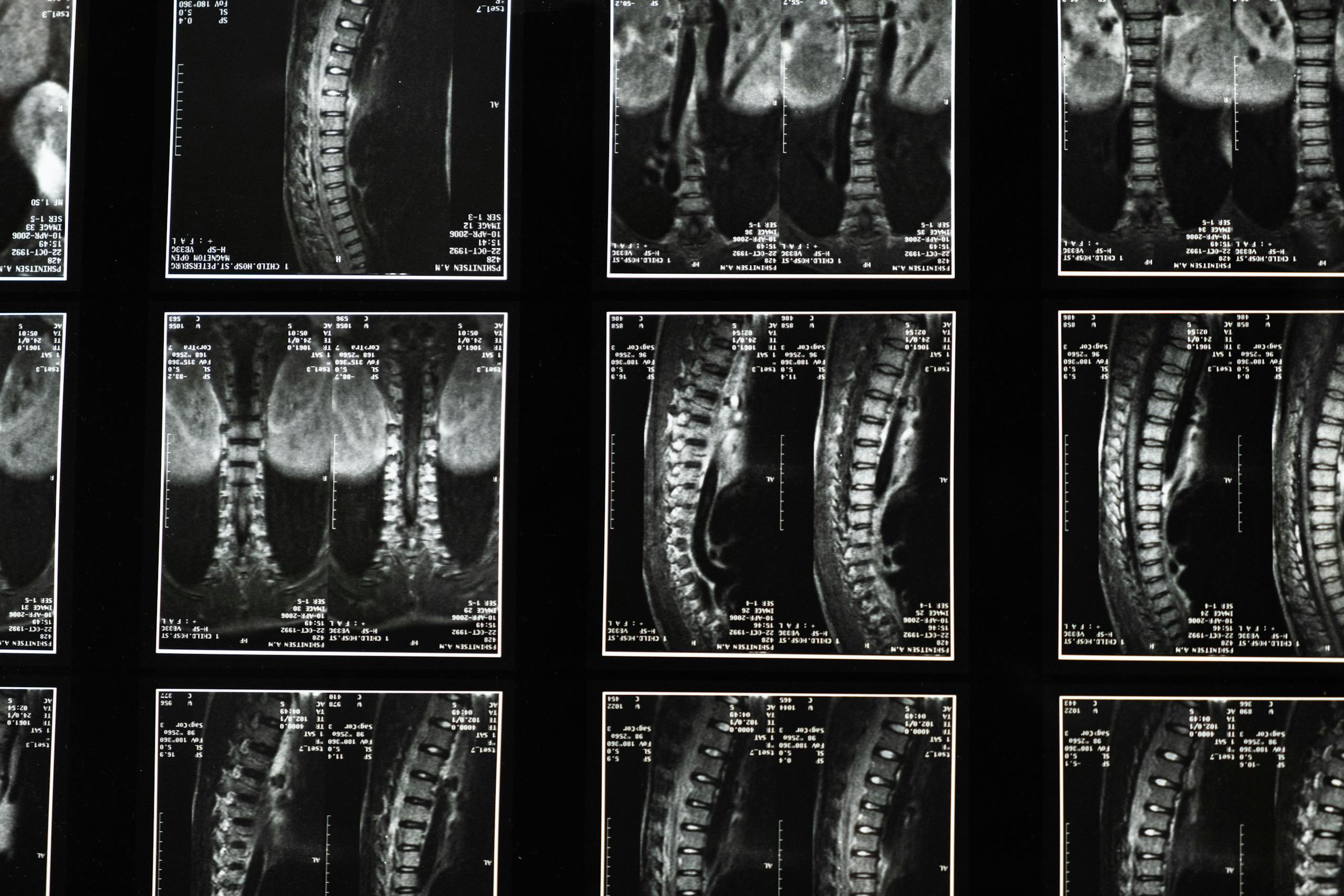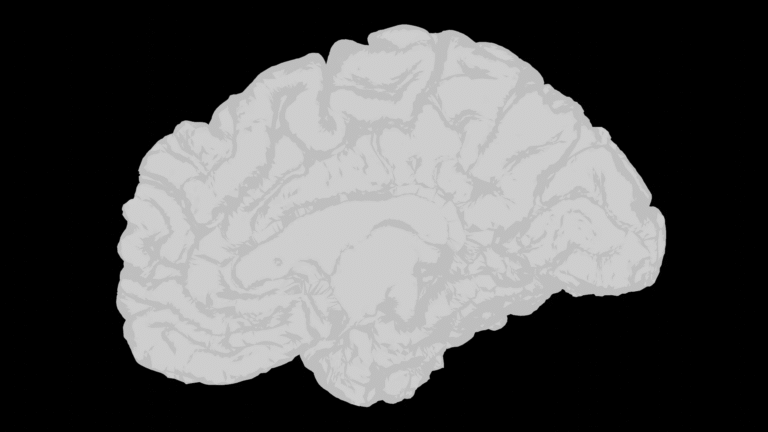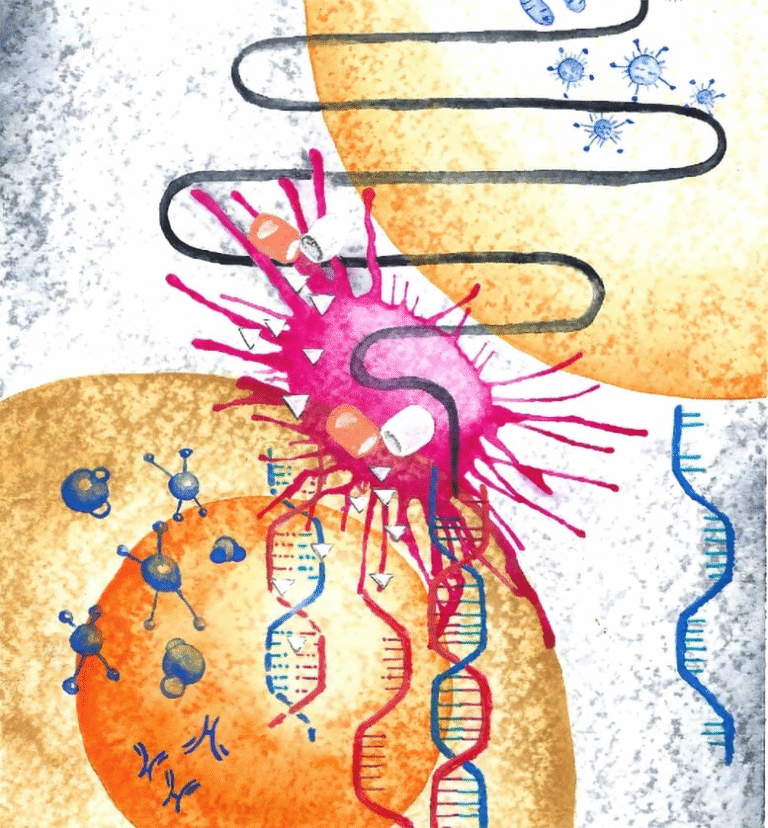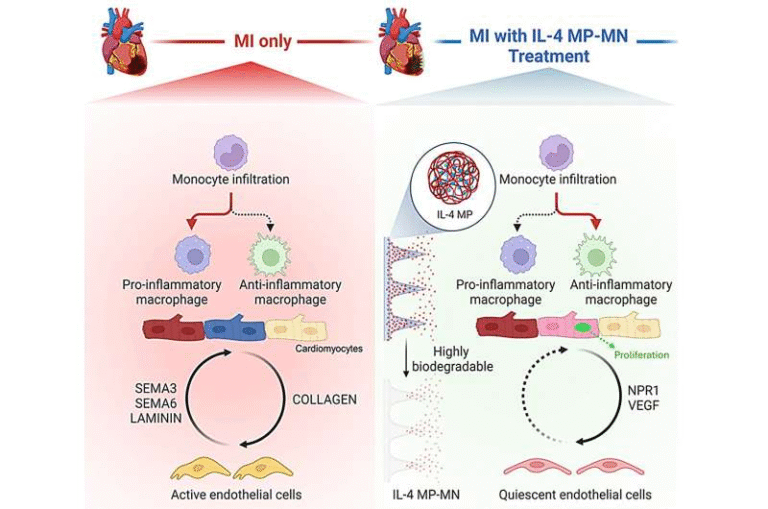3D Lab-Grown Spinal Cords Could Change the Future of Paralysis Treatment

Spinal cord injuries are some of the most devastating medical conditions—leaving hundreds of thousands of people unable to walk, move freely, or regain lost independence. For decades, treatment has been focused more on managing symptoms than actually repairing the damaged tissue. But a new scientific breakthrough out of the University of Minnesota Twin Cities is making headlines, and for good reason: researchers have found a way to regrow nerve connections in severed spinal cords using a mix of 3D printing, stem cells, and lab-grown tissues.
This isn’t just another experiment tucked away in a lab—it’s a step toward something that once felt like pure science fiction: giving paralyzed individuals a real chance at recovery.
The Science Behind the Breakthrough
At the heart of this innovation are organoid scaffolds, tiny 3D-printed structures designed to guide the growth of stem cells. These scaffolds contain microscopic channels where spinal neural progenitor cells (sNPCs)—a type of cell that can become specialized neurons—are placed.
The scaffolds don’t just hold the cells; they guide them. Think of it like a tiny framework that ensures the new nerve fibers grow in the right direction, reconnecting the broken communication lines between the brain and body. Without this structured guidance, nerve fibers typically fail to cross the site of injury.
From Lab Bench to Living Tissue
To test their idea, the researchers transplanted these scaffolds into rats with completely severed spinal cords. The results were nothing short of remarkable. The cells didn’t just survive—they transformed into neurons, extended fibers both up and down the spinal cord, and even began to integrate with the rats’ existing nerve circuits.
The real kicker? The rats regained movement that was lost due to paralysis. These weren’t partial signals or weak improvements; it was significant functional recovery, suggesting that the new tissue had fully joined the spinal network.
Why This Matters
Spinal cord injuries affect over 300,000 people in the United States alone, and the lack of regenerative treatments has left patients with very few options beyond physical therapy and adaptive tools. Once nerve fibers are destroyed, they almost never regrow naturally.
This research shows it might be possible to not only patch the damaged tissue but to rebuild a functioning spinal pathway. That’s a shift from managing paralysis to potentially reversing it.
The Road Ahead
Of course, it’s important to note that this research is still in its early stages. While success in rats is an exciting proof of concept, human applications will require much more work. Scaling up the scaffolds to human size, ensuring safety, avoiding immune rejection, and confirming long-term stability are all hurdles researchers need to clear.
Still, the team at Minnesota is optimistic. They’re already talking about how these “mini spinal cords” might someday move from the lab into clinical trials. If that happens, the technology could transform not just paralysis treatment but possibly other conditions involving nerve degeneration, such as ALS or multiple sclerosis.
A Future Full of Possibility
What’s most exciting about this breakthrough isn’t just the immediate result in lab animals—it’s what it represents. The blending of 3D printing, stem cells, and tissue engineering could open the door to an entirely new branch of regenerative medicine. Imagine a future where damaged organs, nerves, or even complex tissues could be rebuilt with the precision of a 3D printer and the adaptability of stem cells.
For now, patients and their families can look to this study with a sense of hope. It’s not yet a cure, but it’s a strong sign that the field is moving in the right direction—and maybe, just maybe, the idea of reversing paralysis is no longer out of reach.
Source: 3D-Printed Scaffolds Promote Enhanced Spinal Organoid Formation for Use in Spinal Cord Injury





